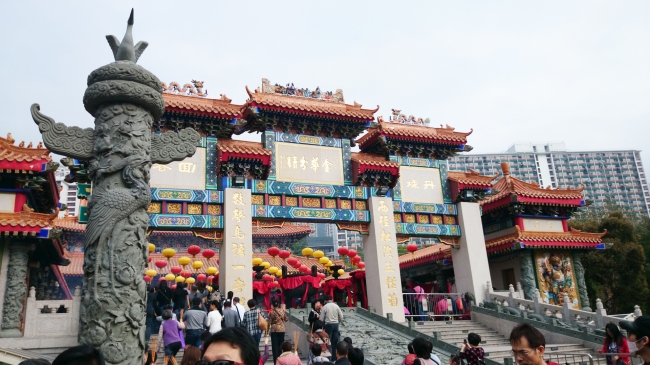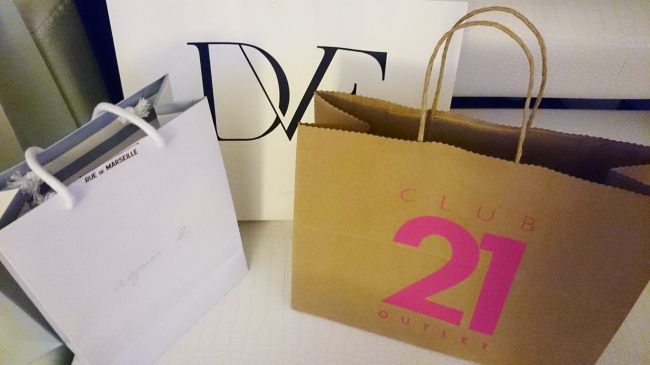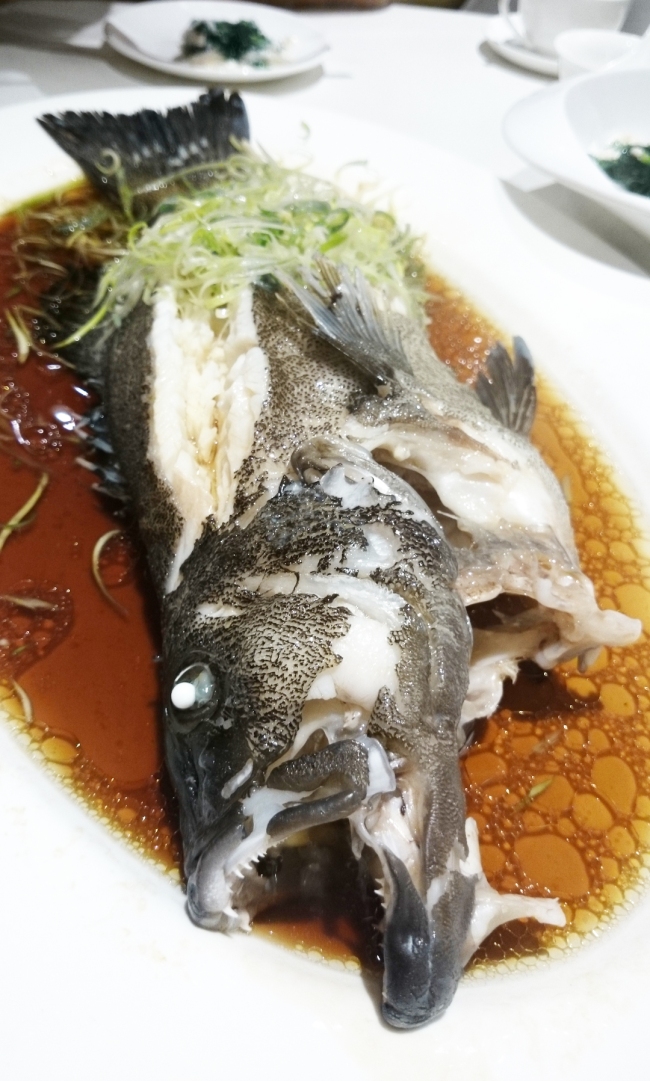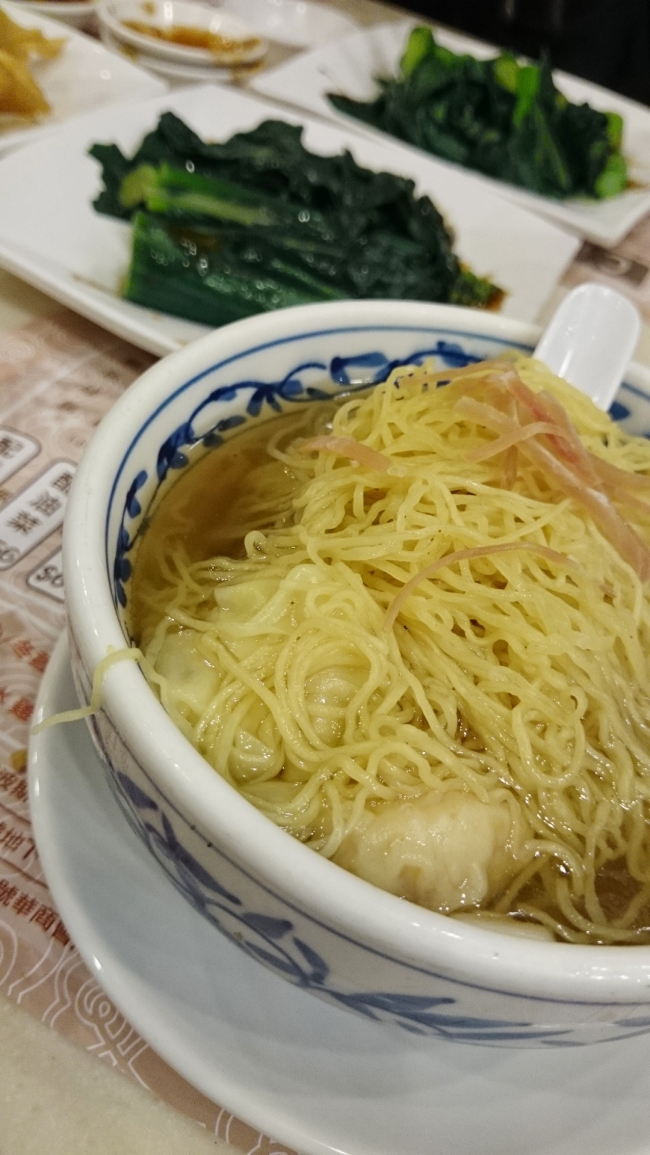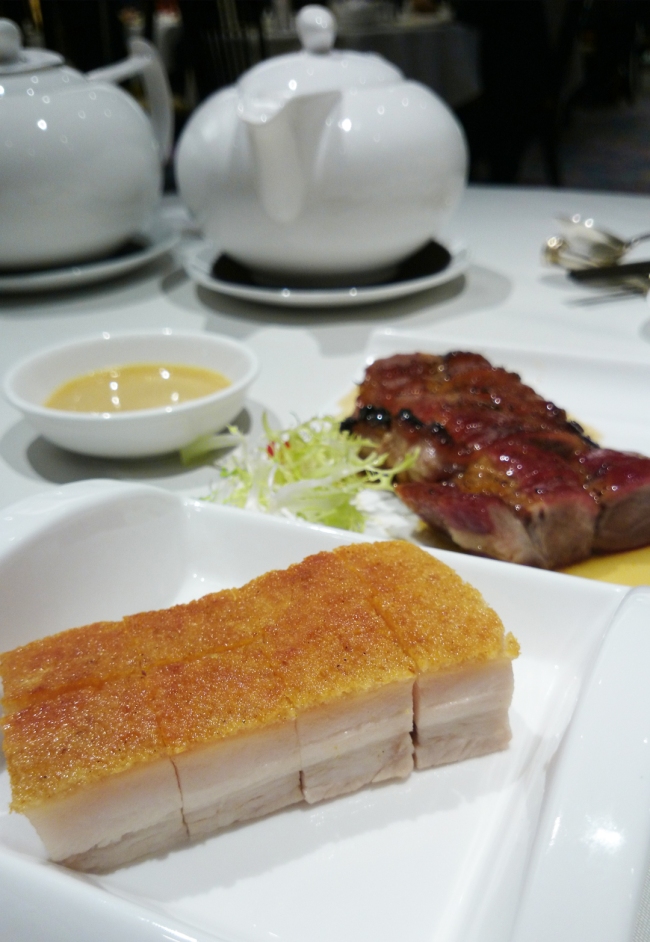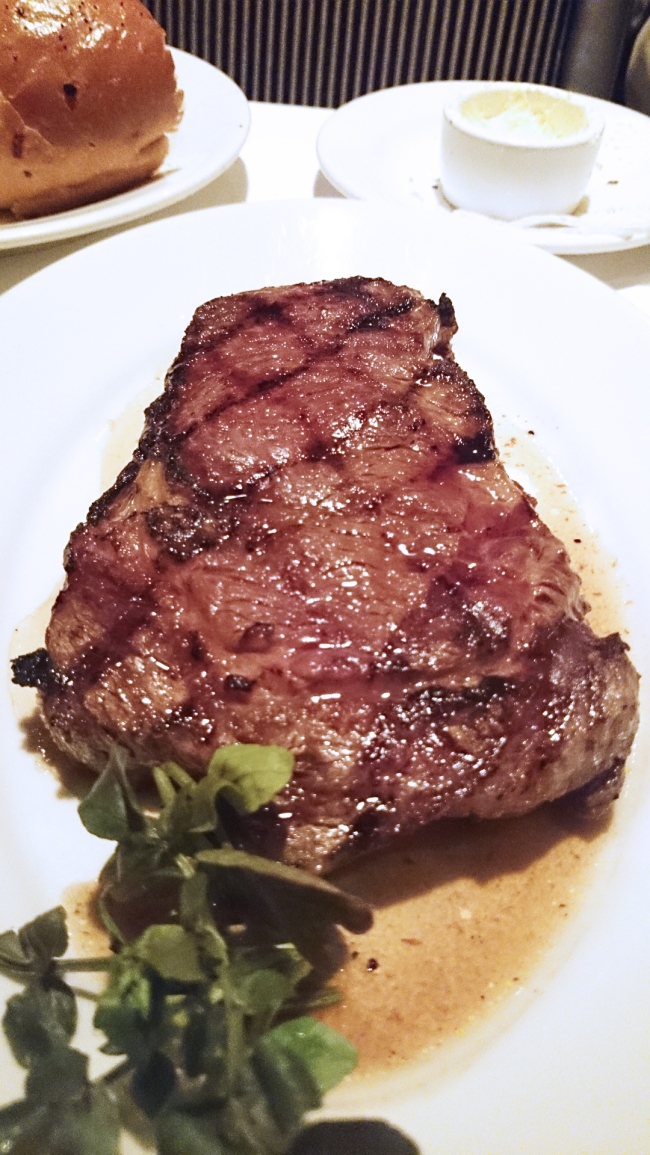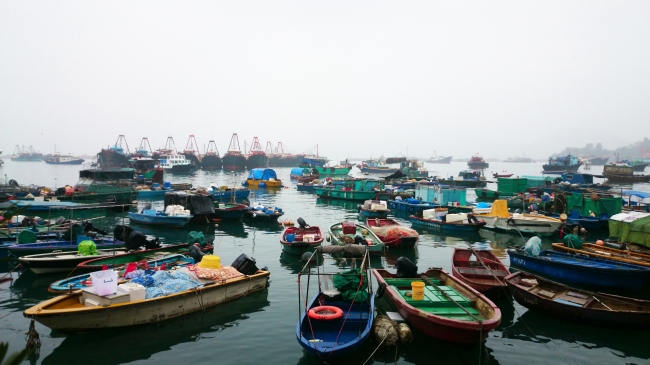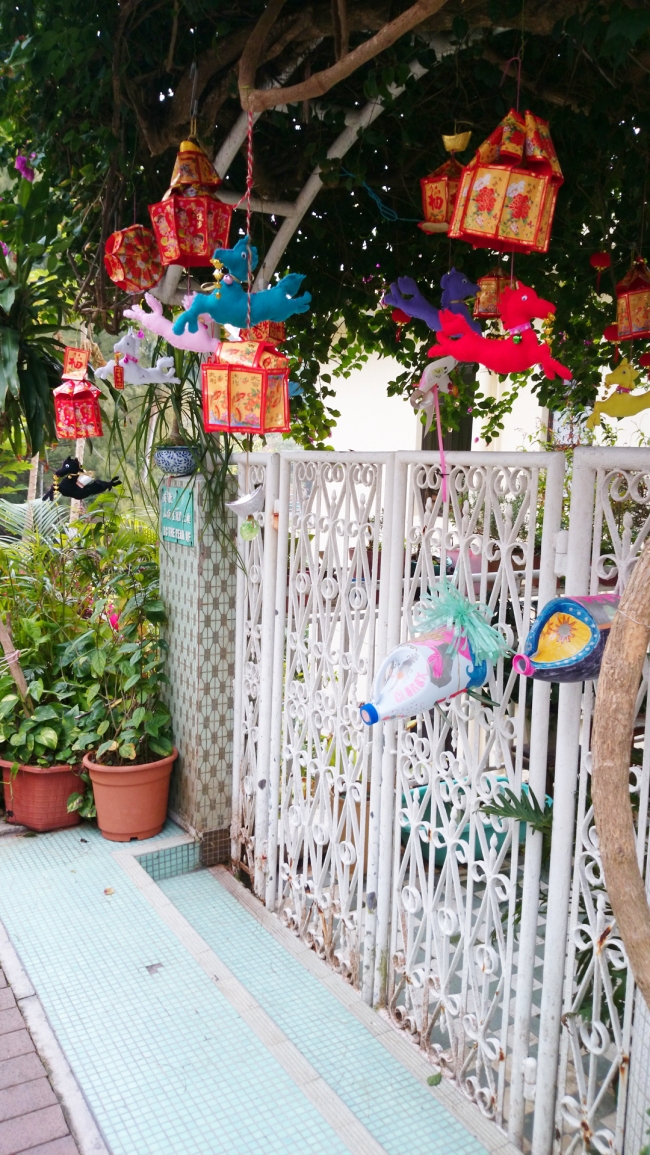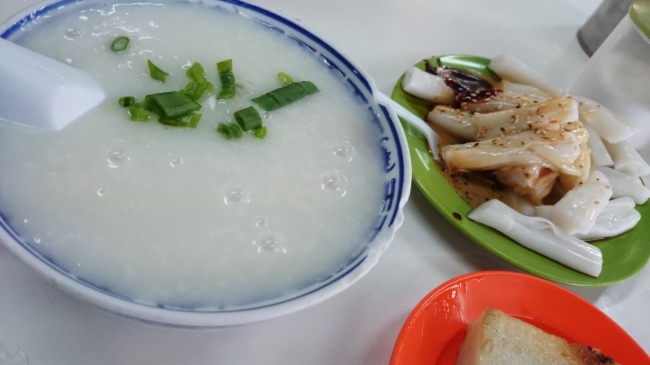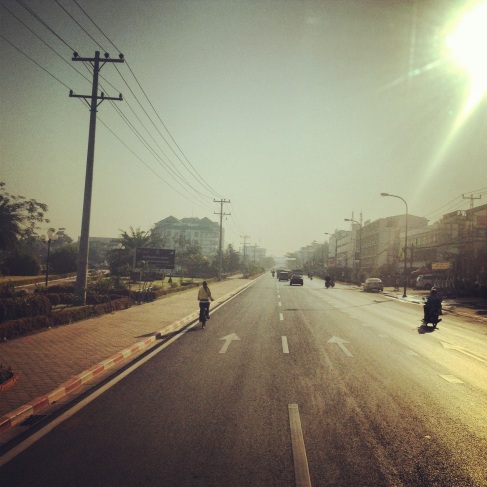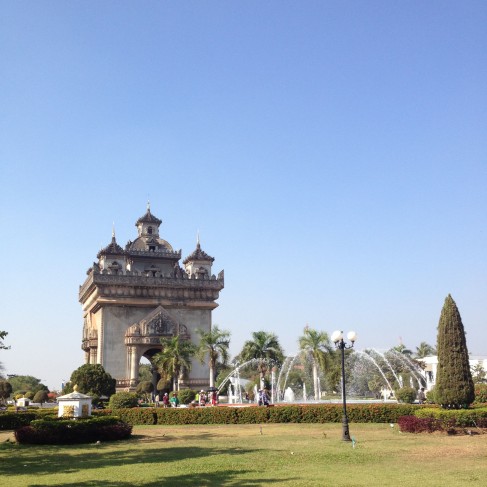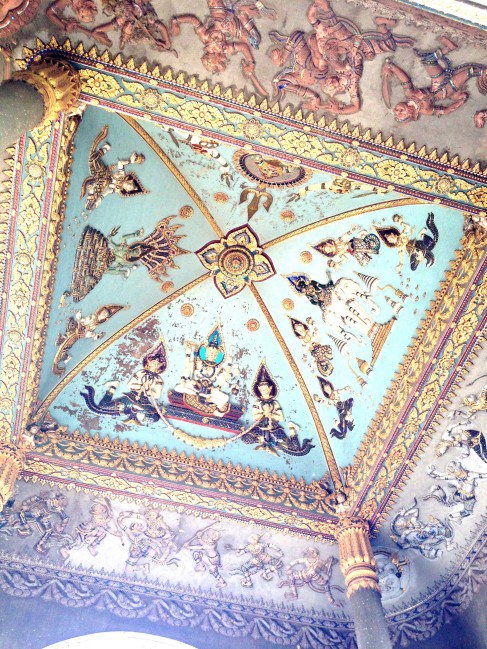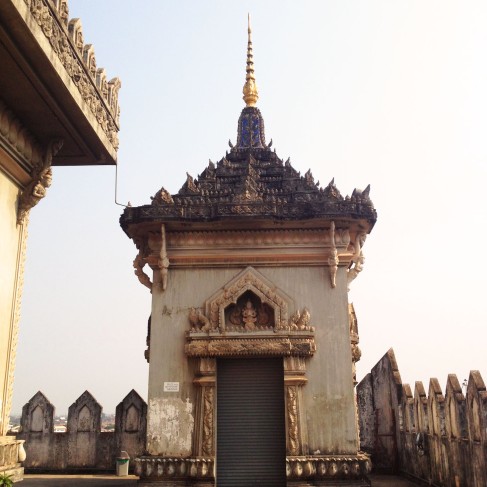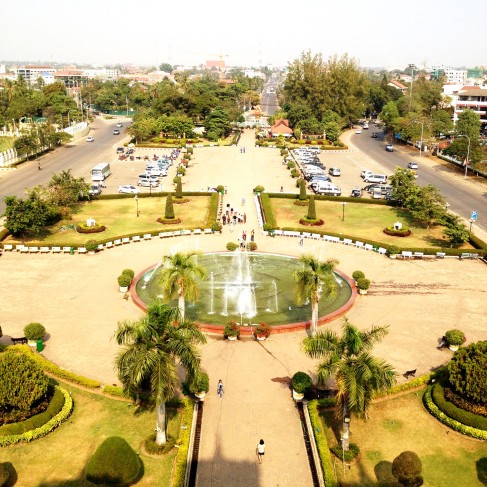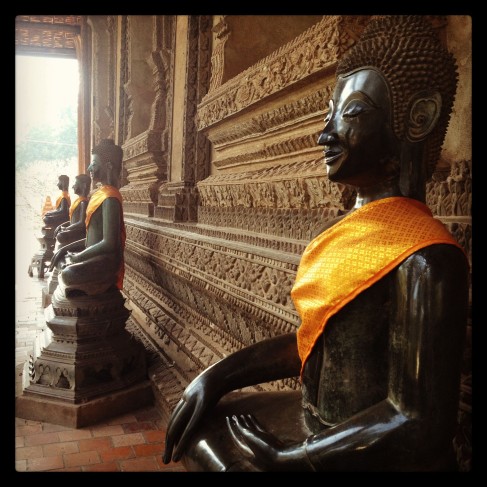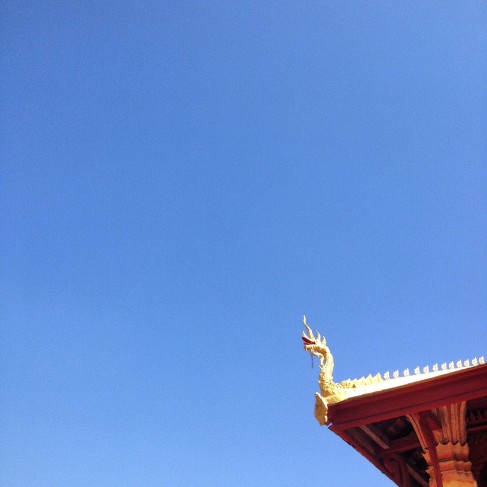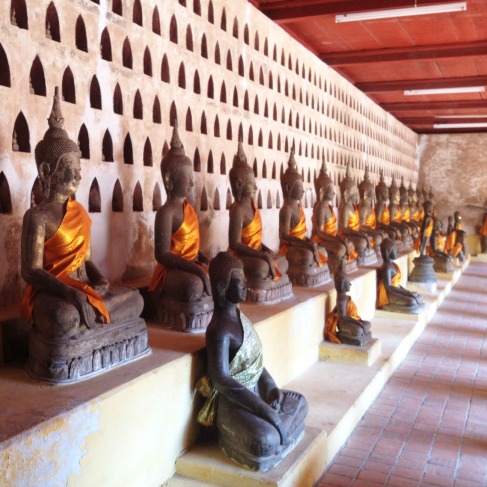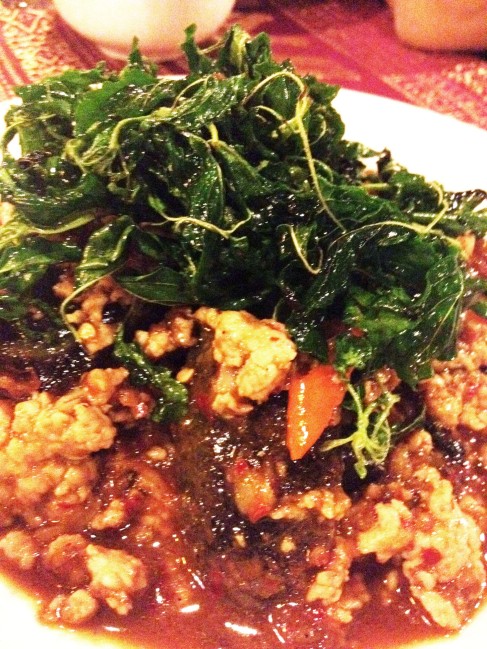It was seven years ago when I last visited Hong Kong and it was also during the festive Chinese Lunar New Year then.
What a lot of difference seven years have brought to our experience when we returned to Hong Kong for a short vacation this month. Although there were already many Mainland Chinese tourists in Hong Kong then, the crowds on the streets were not quite as maddening as it was now. This time, we heard more Mandarin being spoken than Cantonese, the official language of Hong Kong.
And somehow, the service level in the average shop in Hong Kong has dipped quite considerably. Gone are the cheery chirps of “Welcome! Feel free to look around. No obligations to buy!”. Now, exhausted, grim faces greet us wherever we went.
Not easy serving the hurried Mainlanders, I suppose.
Anyway, when in Hong Kong, stops at a few places are requisite – especially when you are a first time visitor. Although the husband and I have been to Hong Kong before, this time we were joined by my newly retired father and little brother who have never set foot in the Fragrant Harbour.
So we brought them to Victoria Peak to spend an entertaining hour at Madame Tussauds and then watch the sun set up at the observatory deck at the highest point; Sik Sik Yuen Wong Tai Sin Temple to offer some joss sticks to the deities and see the flurry of activity common during the Lunar New Year (images below); and the ever popular Avenue of Stars in Tsim Sha Tsui.
The aged female sorcerers who offer to literally beat off villains from one’s life from their stations under the Canal Road Flyover, between Causeway Bay and Wan Chai, are also a recommended sight for tourists. So there we headed one afternoon.
What the sorcerer does is to use magic and a litany of curses that sounds almost musical to the ears to break down the client’s foe while smacking a paper figurine of the targeted villain with a single old shoe (the older, the more worn the shoe, the more brilliant the curse). The curse is complete just when the paper figurine is reduced to shreds. Then, with another set of prayers, the sorcerer then bless the client with good luck, good health, prosperity and happiness going forward.
It was a process most fun to witness and I wonder how many more years will we have before this ancient trade finally dies out.
We also paid our respects to Hong Kong’s retail diversity, from the chic shops in Causeway Bay and the traditional dried seafood and herbs paradise in Sheung Wan, to the myriad factory outlets in Citygate Outlets. Although daddy said he wanted to shop while in Hong Kong, he turned out to be quite disinterested in doing so once we were at the shops. Instead, it was I who spent more than I ought to, on clothes and accessories that I don’t quite need. Ah, so much for my New Year’s resolution!
We also indulged in the fruits offered by Hong Kong’s culinary paradise.
The hotel where we stayed at for three nights, Regal Kowloon Hong Kong, has a Chinese restaurant that is renowned for its honeyed roasted pork (also known as charsiu). We enjoyed it twice during our stay, along with a variety of delicate dim sum and other dishes which included an excellent steamed grouper (it came with a hefty price tag of HK$1,200 or S$196 but was worth every cent).
Here. Say hi to the HK$1,200 fish. Its death was not a wasted one.
We also stuffed our faces at Chi Ji Wanton Noodles which is famous for its, well, you guessed it, wanton noodles; Mido Cafe, a traditional Hong Kong-style tea house that is popular for its well preserved 60s ambiance although I thought its food was overrated and overpriced; and Morton’s The Steakhouse at The Sheraton Hotel, only because we all desired a change from Chinese food and a slab of prized Porterhouse always sounds so seductive.
However, my favourite experience on this trip is our visit to Cheung Chau Island, accessible by ferry from Central Pier No. 5. The island stands in stark contrast from cosmopolitan Hong Kong. Its shores are swamped with colourful fishing boats that haul in fresh sea harvest for the many seafood restaurants close to the pier. Its people go about on foot and simple bicycles, pausing occasionally to shout greetings to a neighbour.
Houses and shops line the narrow roads that wind uphill. Occasionally we would spot houses with interesting frontage.
There are several attractions such as Cheung Po Tsai Cave, home of a notorious pirate and a few temples. A cave is a cave and I doubt daddy would care much for it. So we went in search of the temples instead.
Besides seafood, Cheung Chau has street carts that sell tasty boiled balls of fish meat on skewers and other snacks, as well as traditional breakfast items such as rice porridge with lean meat and century eggs, steamed rice rolls drenched in hoisin sauce, soy sauce and sesame seeds and squares of pan-fried radish cakes.
One particular shop – Li En Ji – on the right of the pier, just past the big seafood restaurants, serve up pretty good breakfast items at absolutely pocket-friendly prices.
Oh I could eat these simple fare everyday!
The one thing that we did not get to do while in Hong Kong, much to our regret, is to eat a roasted goose from the Michelin starred Yong Kee Restaurant on Wellington Street, just off the side of Lan Kwai Fong’s bar street. A flu scare was in the winds while we were there, and fowls from China were culled and destroyed just days before. Locals we met advised us against eating anything with wings, and we chose to be cautious.
Perhaps next time we will have a full roasted goose. :)
